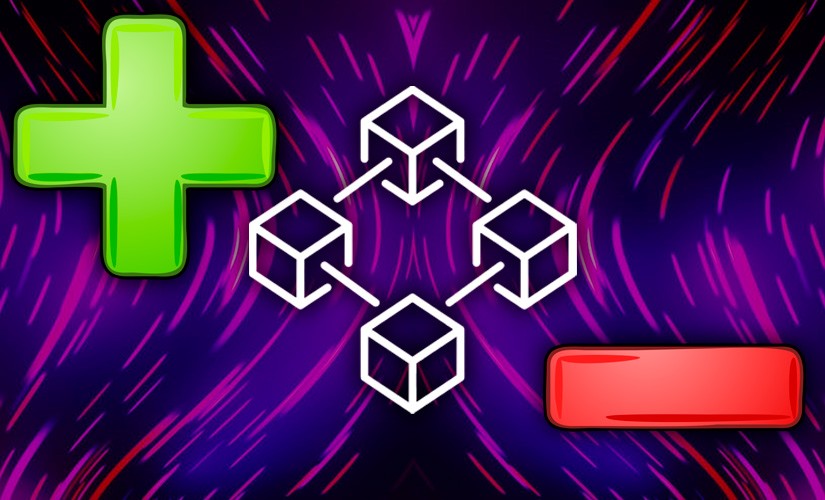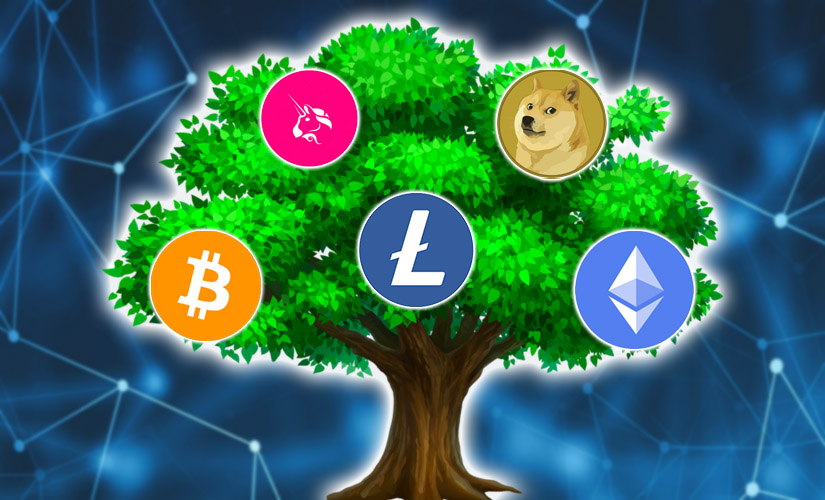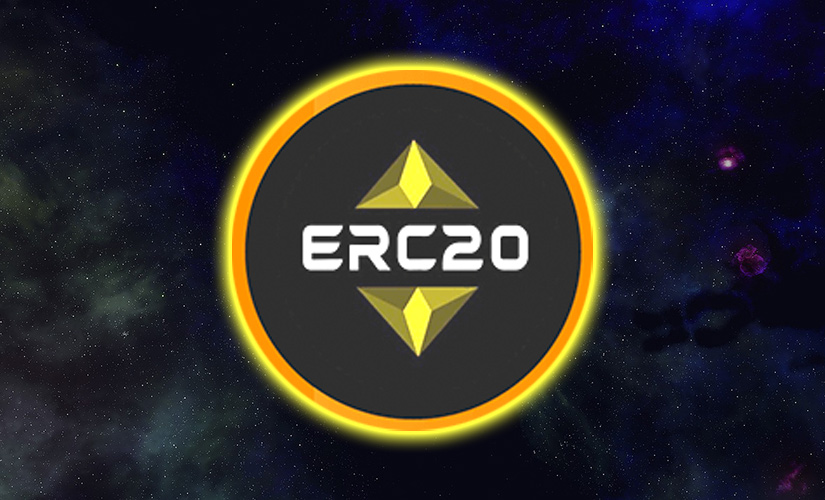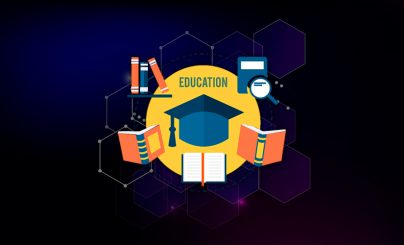
Cryptocurrency projects use distributed registries to store information about transactions. But blockchain technology is not only applicable to digital networks with coins and 代币. For example, in 2023, a decentralized registry is used in healthcare in Estonia. Blockchain can also be applied to education. It will simplify and improve learning processes.
Benefits of using blockchain technology in education
In 2017, a report was published on the Internet on the topic of the application of distributed registers in this sphere. The scientific work was based on the expertise conducted by the Joint Research Center (JRC) – one of the main directorates of the European Commission. In the report, the organization paid attention to the education sector and considered the fundamental principles of blockchain.
In the released paper, JRC explains what institutional norms a decentralized registry could disrupt and how it would empower students. In total, the research center proposed 8 scenarios for using the technology. They reflect the benefits of blockchain in the education sector:
- Automatic recognition of credits and their transfers.
- Permanent protection of educational certificates.
- Compilation of digital learning maps over the lifetime of network participants.
- Verification of multi-stage (sequential) accreditation.
- Tracking of intellectual property.
- Receiving payments from students.
- Providing funding to students through vouchers.
- Easy identification of students in educational institutions.
The blockchain application scenarios are put forward by the JRC according to its 2017 technology development plan. At the same time, the research center proposed to use the distributed blockchain only in open education. It has no academic requirements for applicants at admission, and the education itself is online.
By 2023, participants of the cryptocurrency community have discovered 5 more advantages of blockchain in education:
- Secure documentation.
- Secure single digital repository of learning materials.
- A solution to the recruiting problem.
- Authentication of education documents.
- Simple testing.
Document storage
In 2023, most educational institutions record any information on paper. Their problem is unreliability. Documents get damaged, lost, and tampered with. For example, dishonest students can discreetly change a grade in a journal.
The advantages of blockchain over paper records and simple digital repositories are summarized in the table below.
| Paper media | Conventional digital media | 区块链 |
|---|---|---|
A decentralized chain will solve the problem of information retention. It will be impossible to intentionally falsify documents. Data loss will become impossible.
A distributed registry will simplify many tasks:
- Filing reports.
- Filling out statements.
- Checking the results of tests, exams and quizzes.
- Grading students.
- Verification of academic progress and other tasks.
In 2023, many educational institutions in Russia already use electronic diaries. However, the system remains imperfect. Teachers enter information only about the academic achievements of wards. Such systems are centralized and easily hacked.
A distributed chain will eliminate the need to maintain archives in educational institutions. Technology will allow students and employees of institutions to store information in a single network. It will be possible to get access to the necessary data in a few clicks of a computer mouse.
A single repository of educational materials
Large educational institutions often have many textbooks, manuals, and courses at their disposal. Learning materials are usually stored in libraries. This approach has at least 2 disadvantages:
- It can be difficult to find the right book in libraries. Sometimes materials are lost in the general mass.
- Educational institutions are required to pay librarians. This is due to direct costs.
A digital registry will solve these problems. An unlimited number of courses, textbooks and manuals can be stored in a single network. The virtual chain will reduce the costs of the educational institution:
- There is no need to buy textbooks in batches (one book for digitization is enough).
- You can save money on library maintenance and employee salaries.
- You can’t spoil digital materials.
In order to take the required textbook, book or manual from the digital network, the student will need a public key. With it, the student will have access to a shared repository of materials.
Solving the recruiting problem
Recruiting new employees is a difficult task for HR professionals in most companies. Recruiting requires a lot of resources. Also, some of the candidates for open positions lie that they have the competencies they are looking for. As a result, companies get unqualified workers.
Blockchain practices in education can simplify hiring in a company:
- Information verification. Through the digital blockchain, an HR professional will be able to examine a candidate’s records from elementary school to their last job. The information will be updated periodically by different individuals – teachers, other educators and supervisors.
- Confirmation of resumes. Many recruiters keep databases with candidate resumes. Over the years, this information becomes outdated. But in blockchain, it will be updated periodically without the help of a specialist.
In 2023, recruiters have to order verification of candidate data for job openings. A digital registry will save employers money.
Blockchain can help automate the recruitment process by using data on candidates’ qualifications and previous jobs to assess the likelihood of success in a new position.
Authenticity of educational credentials
People often go to great lengths to get a vacant position. In 2023, many people buy certificates and diplomas. You can check the authenticity of documents through the Gosusgoservices portal. The function is paid – 2.5 thousand rubles for citizens of the Russian Federation. You can also submit a request to the educational institution. Usually the request is processed within 5 days. The maximum term is 45 days. Companies are not prepared to wait so long for the result. HR-specialists rarely check the authenticity of educational documents of candidates. For this reason, applicants often exaggerate their skills and work experience.
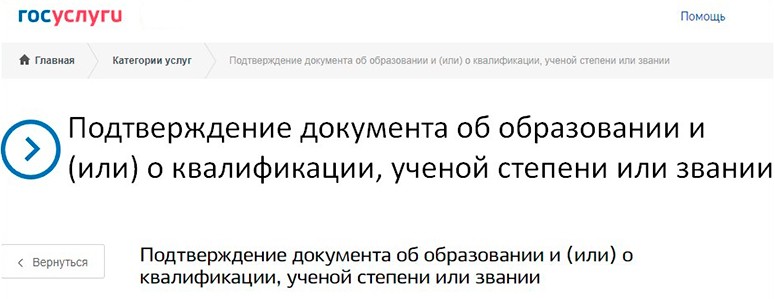
Blockchain technology simplifies the validation of educational credentials. Recruiters can quickly verify the authenticity of diplomas and certificates.
测试
Verifying students’ knowledge is a long process. First, educators need to conduct testing. To do this, educators model tasks and formulate questions on passed topics. Usually they create 2-3 variants of the test.
After the test, teachers collect students’ papers and compare the answers with the correct ones. This takes a lot of time. For this reason, teachers often take the papers home in order to have time to check them before the next day. After that, educators submit the score sheets to the dean’s office or other school organization.
Blockchain in education will make testing easier. Teachers will no longer need to:
- Compose test options. It will be easier to create them through 智能合约 (algorithms embedded in the code of the digital chain).
- Check students’ work manually. The program will automatically compare students’ answers with the correct ones and give fair grades.
- Hand in the worksheet to the organizing center. A public key will give every participant in the network access to the test results.
The first projects using blockchain
In 2017, the University of Nicosia introduced distributed ledger technology into the educational process. With the help of blockchain, the University of Nicosia (UNIC) improved and simplified the methods of storing and retrieving documentation about the specialization of graduates. UNIC’s solution enabled the launch of massive open online courses (MOOCs) for citizens of 85 countries. In 2023, the University of Nicosia’s blockchain stores:
- Students’ diplomas.
- Students’ certificates.
- Research papers of graduates.
The ARCHANGEL system is also considered one of the first projects in education based on decentralized registry technology. Its development is led by the University of Surrey, a British university with international recognition. The aim of the educational institution is the security of the country’s national archive. The first ARCHANGEL tests are conducted in the UK, Norway and the US in mid-2019.
The University of Nicosia is the first university to accept cryptocurrency as tuition fees.
Prospects for widespread adoption
Blockchain is improving the traditional education system. The table reveals the potential for global adoption of the technology in this area.
| Outlook | Brief description |
|---|---|
| Easy recruiting | Candidates will not be able to forge documents. Recruiters will be faster and cheaper to close employers’ recruitment requests. |
| Free choice of courses | Students will only be able to select relevant programs and materials. Students will no longer have to take unnecessary courses. |
| Global data chain | Users will be able to get information from anywhere on the planet. Learning will be available to more people. |
| Increased reliability | Records in a decentralized network cannot be deleted or altered |
常见问题
✅ Why do we need blockchain in education?
Mainly to simplify and automate routine activities. Blockchain will also increase the safety and security of information.
❓ What JRC scenarios are already in use?
Document security (diplomas, certificates and research papers) is being applied in 2023. This scenario has been used at the University of Nicosia.
🔑 Is it safe to store documents in a digital registry?
The method is considered the most secure. At the beginning of 2023, attackers have no tools to change or delete information from consecutive cryptographic chains.
🏢 Is it possible to create a common blockchain for the world’s educational institutions?
To build a unified network, hundreds of thousands of educational institutions must embrace the ideas of cryptography, decentralized registry technology, and connect to a new database.
💡 When will the problem of document forgery in recruiting be solved?
HR specialists should be able to verify information about job candidates. The problem will be solved only after educational institutions are connected to a common digital network.
文字有误?用鼠标选中它,然后按 Ctrl + 进入
作者: 赛义夫德安-阿穆斯他是加密货币经济学专家。


